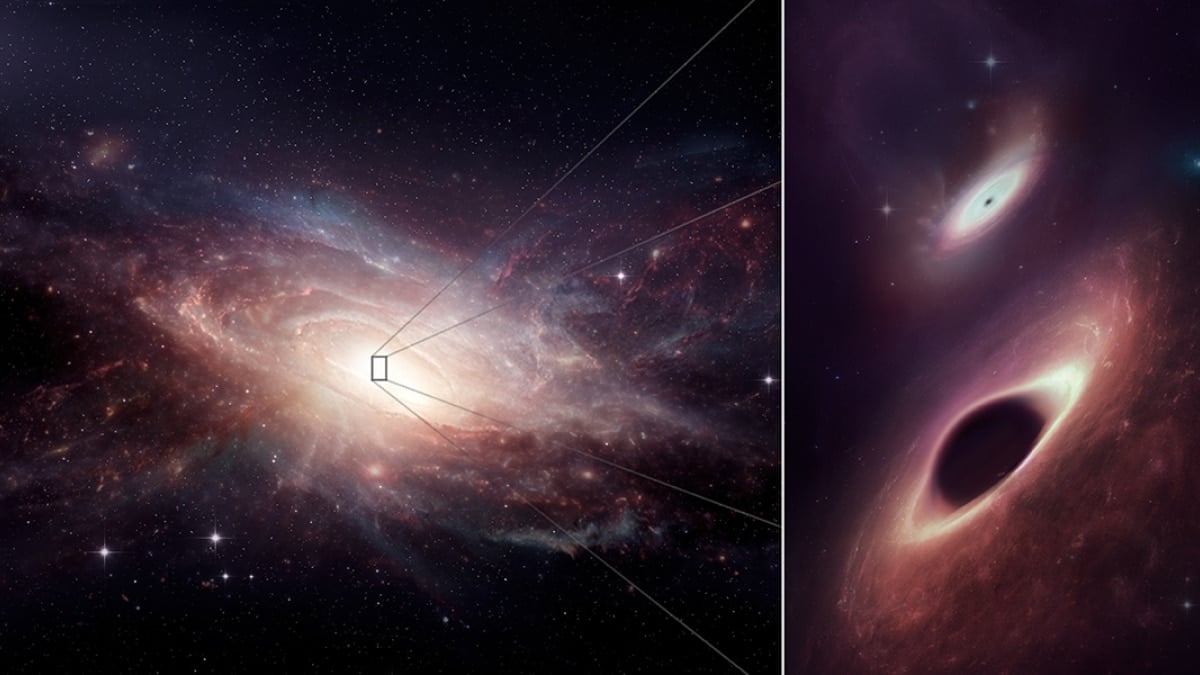Black hole mergers are some of the most energetic and intense events known in the cosmos. When two black holes come close enough to collide, they start by circling each other at a distance, slowly drawing closer. This movement can happen in several ways, either by being born as binary stars or by meeting somewhere in deep space. To merge, however, they must shed a large amount of energy, which they begin losing through interactions with nearby matter, such as gas, dust, or even stars.
Losing Energy to Get Close
As the black holes get closer, their gravitational pull affects the space around them. Any nearby objects, whether small amounts of gas or larger celestial bodies, can either fall into them or escape with an energy boost. These interactions cause the black holes to lose some of their energy, slowly pulling them closer together. But, at a certain point, these external forces aren't enough to continue drawing them in.
Gravitational Waves Take Over
When the black holes are close enough, they start generating gravitational waves, which are essentially ripples in the fabric of space-time. These waves become the primary force draining energy from the system, but they only become strong enough when the black holes are very near to each other. The "final parsec problem" remains an unresolved question, where scientists struggle to explain how black holes cover the final gap to collide.
The Moment of Impact
As the black holes near their collision point, their event horizons – the boundaries beyond which nothing can escape – start to deform and stretch toward each other. Eventually, these horizons merge, creating a single, larger black hole. The event releases an enormous amount of energy, with some of the mass of the original black holes converting into gravitational waves, as observed by LIGO in 2016.































